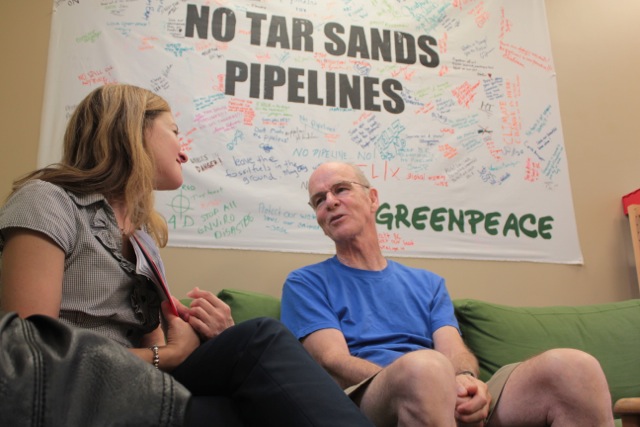 When it comes to environmental activism, Greenpeace has established itself as an organization to be reckoned with. A formidable institution with offices across the globe, Greenpeace’s beginnings were, on the contrary, as humble as can be. We had a chance to sit down with Bill Darnell, one of the founders, who explained it all began when a group of folks formed the Don’t Make A Wave Committee in 1970 with a singular objective: to sail out to Amchitka Island in Alaska to stop nuclear weapons testing by the US.
When it comes to environmental activism, Greenpeace has established itself as an organization to be reckoned with. A formidable institution with offices across the globe, Greenpeace’s beginnings were, on the contrary, as humble as can be. We had a chance to sit down with Bill Darnell, one of the founders, who explained it all began when a group of folks formed the Don’t Make A Wave Committee in 1970 with a singular objective: to sail out to Amchitka Island in Alaska to stop nuclear weapons testing by the US.
They would soon change their name to Greenpeace, thanks in large part to Darnell, a Canadian ecologist and former teacher, who thought of combining two words that echoed a concern for the planet and opposition to nuclear arms. Fitting the two words separately on a button was difficult so they decided to link them together instead: Greenpeace.
A natural storyteller, Darnell reminisced about those early days – including the challenges of navigating the rough seas toward Amchitka, their inability to stop the testing on the first attempt and the strengthened resolve that the “failure” provided them – and the initial mission of a group that simply wanted to stand up and speak out.

